A good friend of mine recently tested the bolt lug contact of his stock Tikka T3 action and compared it to the bolt lugs on his custom Remington 700. The gunsmith that did the work on his 700 was a very reputable gunsmith. The lugs on the Tikka had well over 80% contact on both lugs evenly, meanwhile the custom 700 only had a single lug making contacting, and the other one indicating no contact. We were both quite surprised.
This made me curious and we decided to test the two bolt guns that I own. Both are Surgeon actions, with one having been built by another extremely well-regarded gunsmith and costing over 4k. The other was built by a lesser know smith costing +/- 3k. The action built by the lesser known smith indicated near complete bolt lug contact, while the more reputable smith's action indicated only a single lug making contact, similar to my friends Rem. 700.
Method of testing: We used a sharpie marker to cover the back of the lugs in ink, then inserting an inert cartridge in the chamber, we cycled each bolt 25 times. We then examined the amount of ink removed from the lugs to determine amount of contact. A simple but effective test.
I am anticipating the response of "If the guns shoot well, who cares?" to which I will answer "What I paid for from these gunsmiths is the craftsmanship and attention to detail that they are known for, which it appears they have failed to deliver. Not to mention the massive amount of pressure being absorbed by a single bolt lug, and not the intended design of the action."
My reason for posting this is to help me answer a few questions:
1. Is this as common an issue in high end custom rifles as it appears?
2. Why is such a simple and easily remedied problem an issue with rifles that cost in excess of 3k-4k with wait times of 2+ years?
3. Why is a $550 gun making more contact than 2 very high end custom builds?
4. What is the best way to remedy these issues? (one of the gunsmiths is damn near impossible to contact)
I request that we keep this discussion on topic and keep the flaming to a minimum.
Custom Remington 700
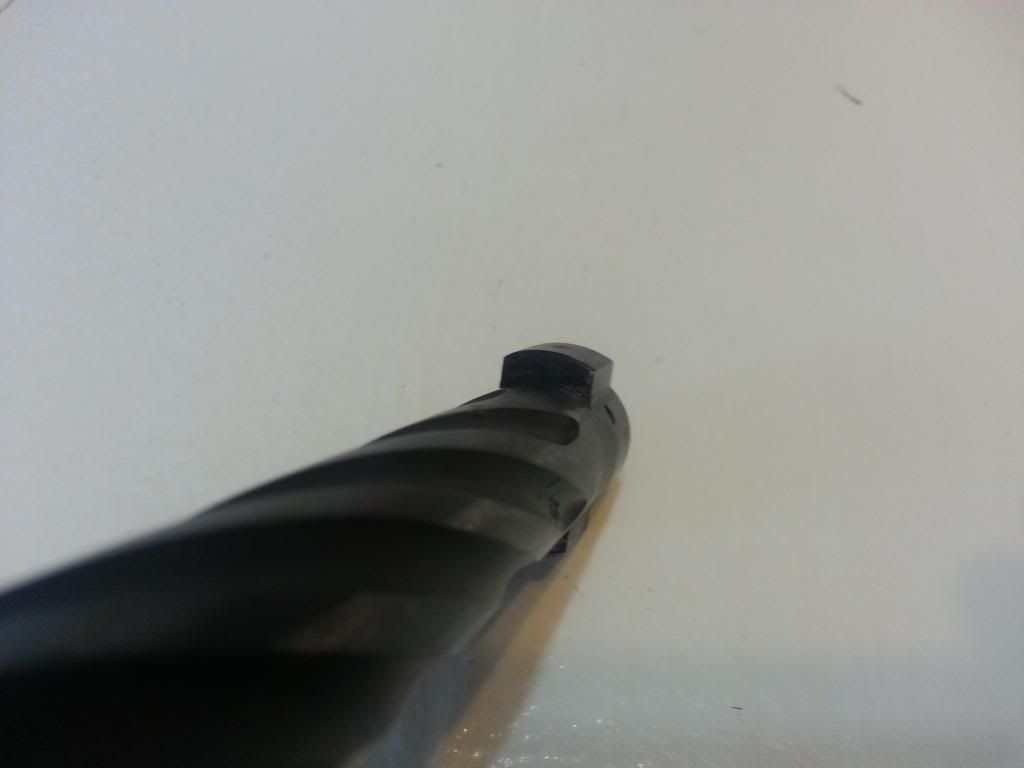
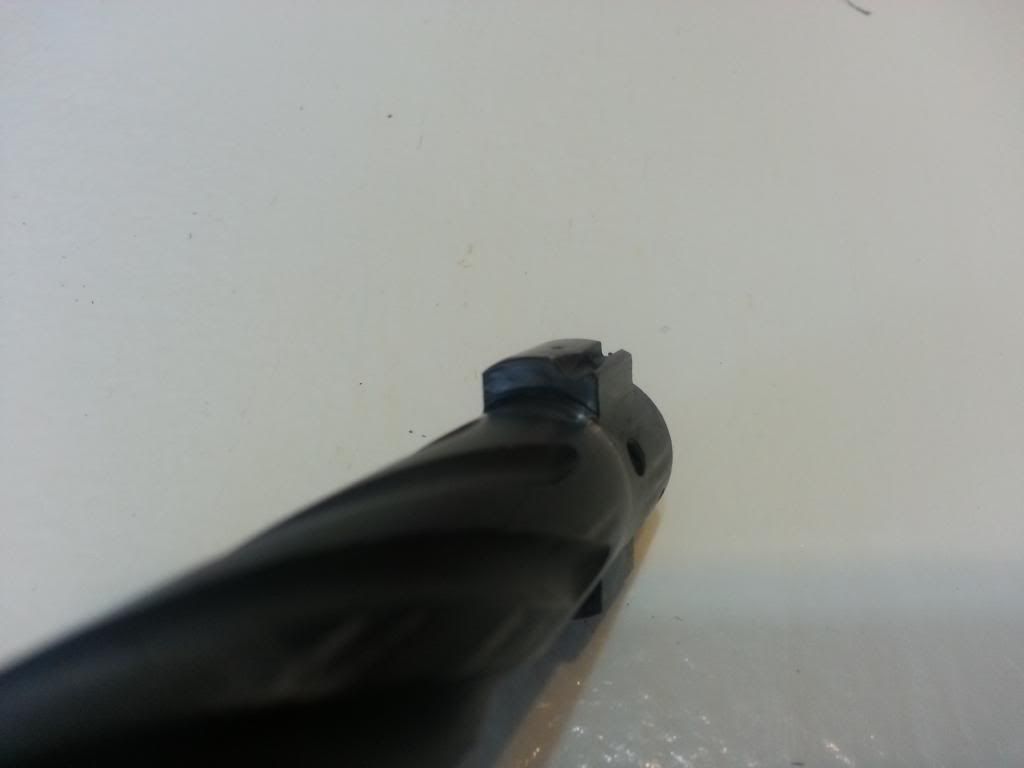
Surgeon built by highly reputable and sought after gunsmith
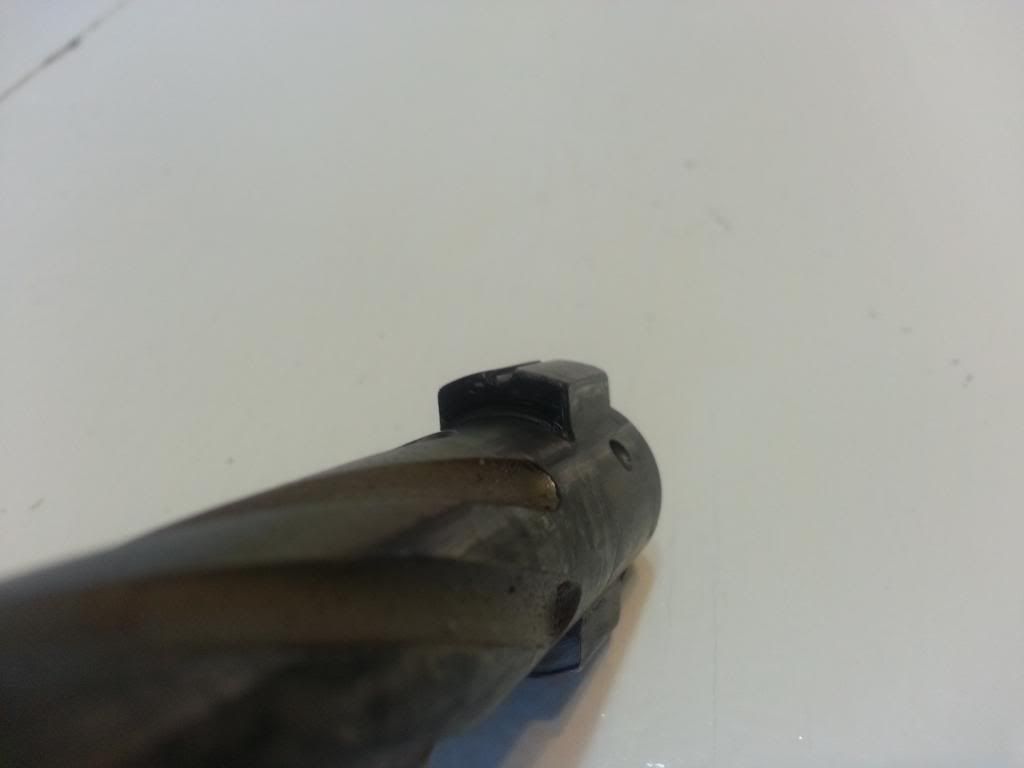
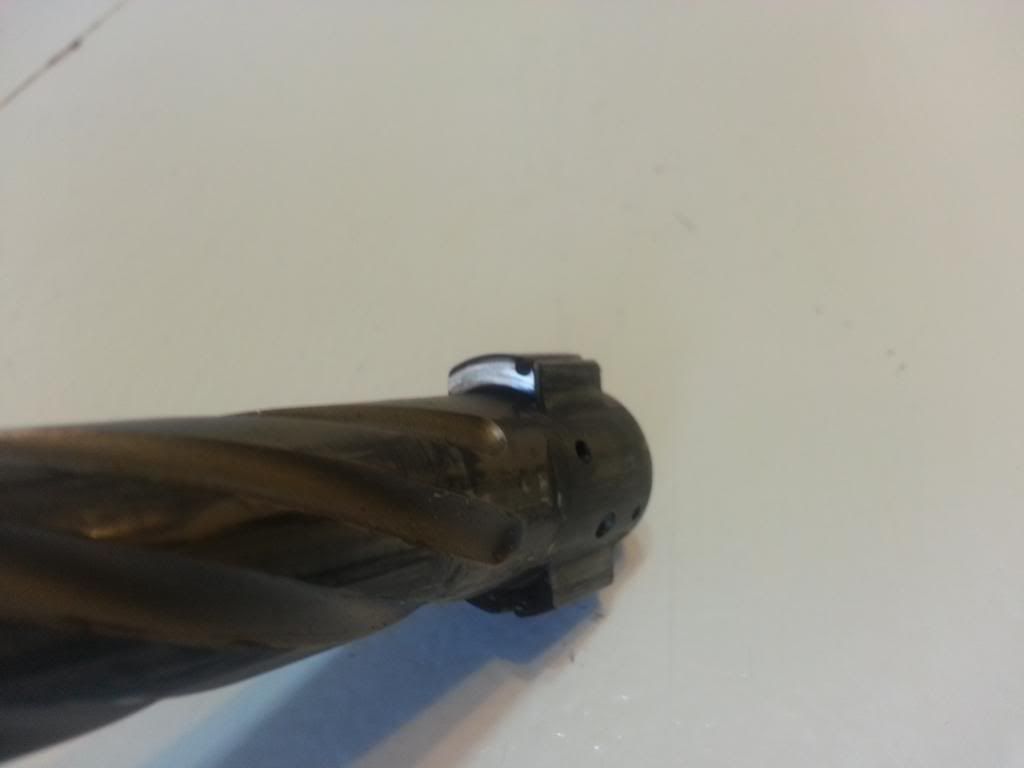
Surgeon by lesser known smith
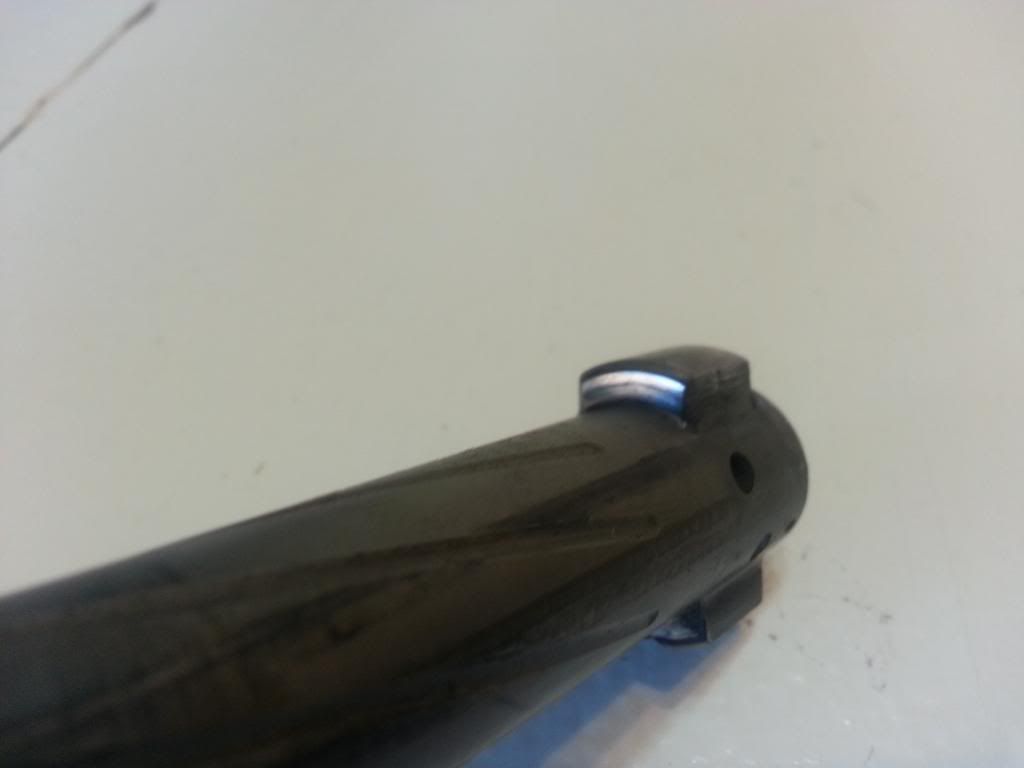
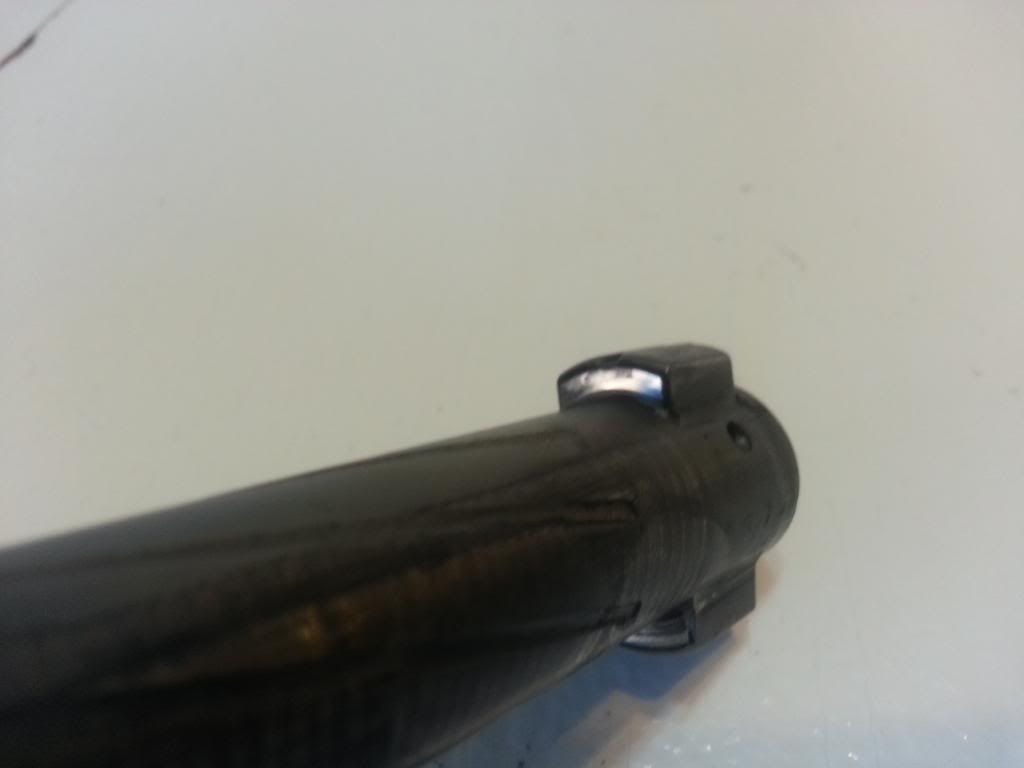
$550 bone stock Tikka T3
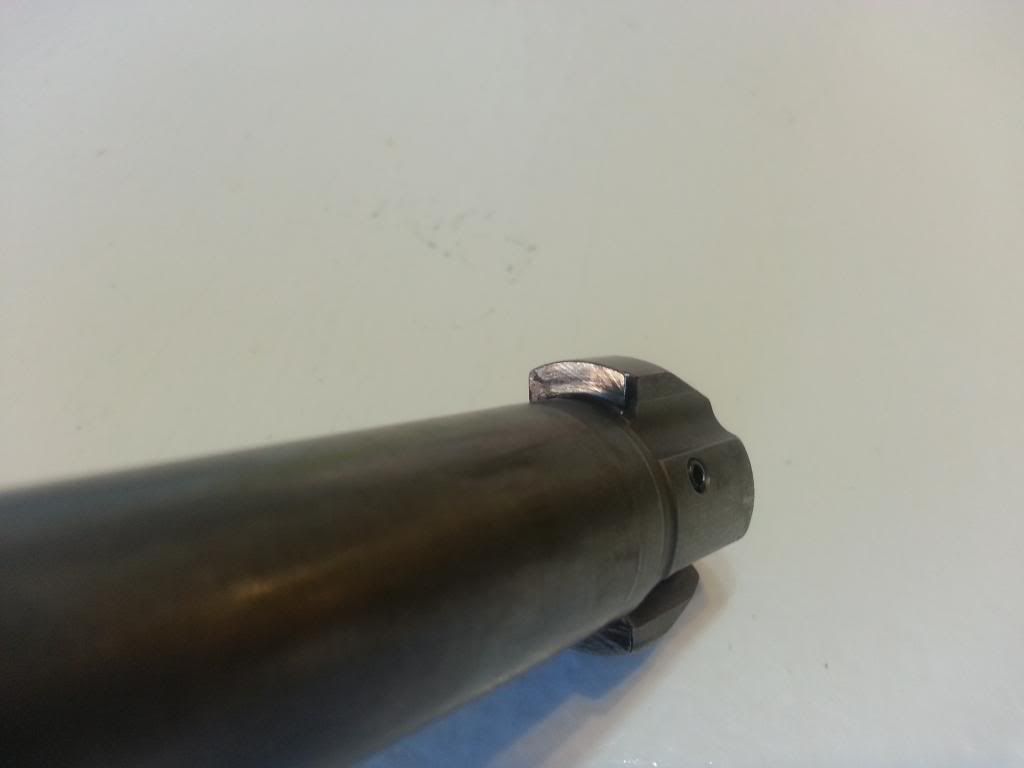
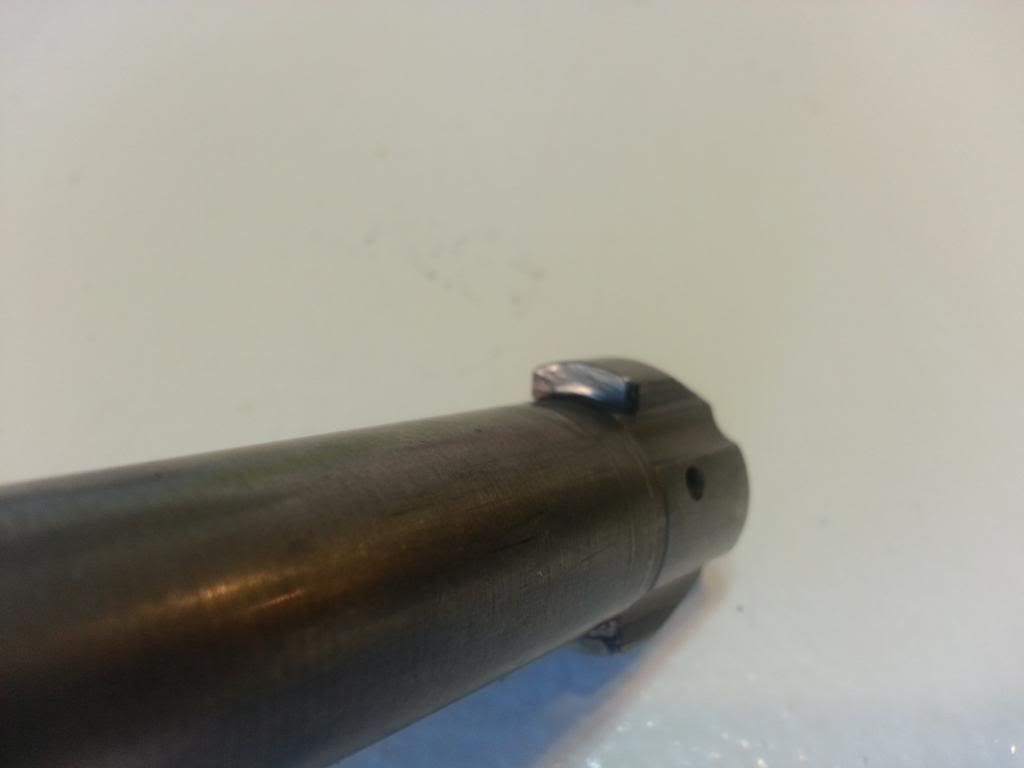
This made me curious and we decided to test the two bolt guns that I own. Both are Surgeon actions, with one having been built by another extremely well-regarded gunsmith and costing over 4k. The other was built by a lesser know smith costing +/- 3k. The action built by the lesser known smith indicated near complete bolt lug contact, while the more reputable smith's action indicated only a single lug making contact, similar to my friends Rem. 700.
Method of testing: We used a sharpie marker to cover the back of the lugs in ink, then inserting an inert cartridge in the chamber, we cycled each bolt 25 times. We then examined the amount of ink removed from the lugs to determine amount of contact. A simple but effective test.
I am anticipating the response of "If the guns shoot well, who cares?" to which I will answer "What I paid for from these gunsmiths is the craftsmanship and attention to detail that they are known for, which it appears they have failed to deliver. Not to mention the massive amount of pressure being absorbed by a single bolt lug, and not the intended design of the action."
My reason for posting this is to help me answer a few questions:
1. Is this as common an issue in high end custom rifles as it appears?
2. Why is such a simple and easily remedied problem an issue with rifles that cost in excess of 3k-4k with wait times of 2+ years?
3. Why is a $550 gun making more contact than 2 very high end custom builds?
4. What is the best way to remedy these issues? (one of the gunsmiths is damn near impossible to contact)
I request that we keep this discussion on topic and keep the flaming to a minimum.
Custom Remington 700


Surgeon built by highly reputable and sought after gunsmith


Surgeon by lesser known smith


$550 bone stock Tikka T3


Last edited:


